| Structure | Name/CAS No. | Articles |
|---|---|---|
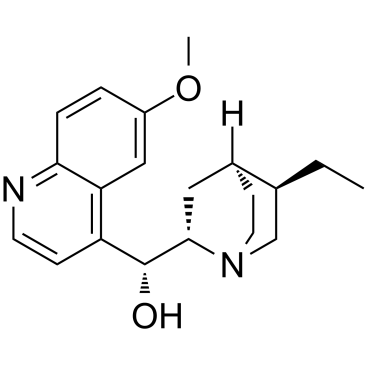 |
dihydroquinine
CAS:522-66-7 |
|
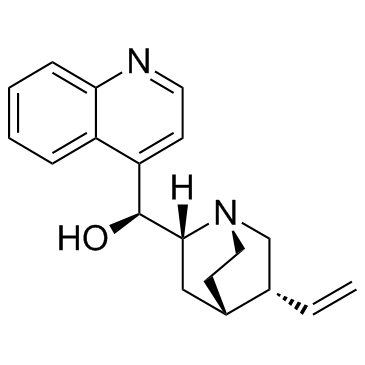 |
Cinchonine
CAS:118-10-5 |
|
 |
Thymolphthalein
CAS:125-20-2 |
|
 |
Trimethoprim
CAS:738-70-5 |
|
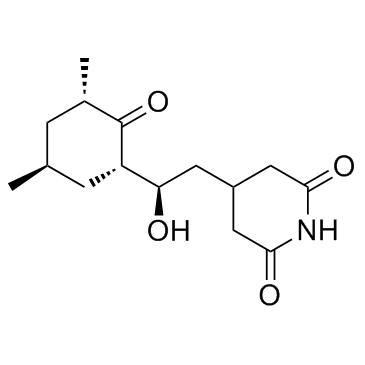 |
Cycloheximide
CAS:66-81-9 |
|
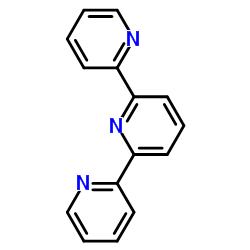 |
2,2':6',2''-TERPYRIDINE
CAS:1148-79-4 |
|
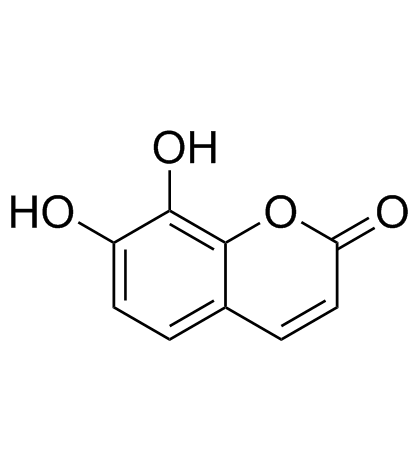 |
Daphnetin
CAS:486-35-1 |
|
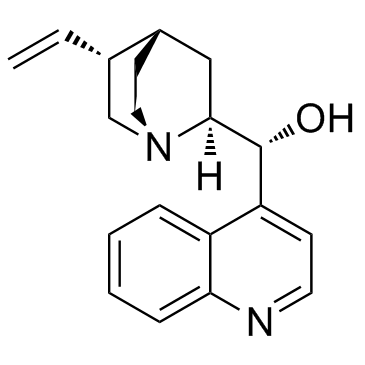 |
Cinchonidine
CAS:485-71-2 |
|
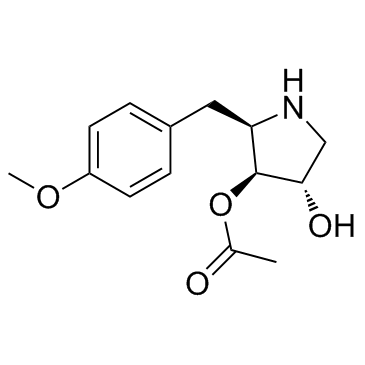 |
Anisomycin
CAS:22862-76-6 |